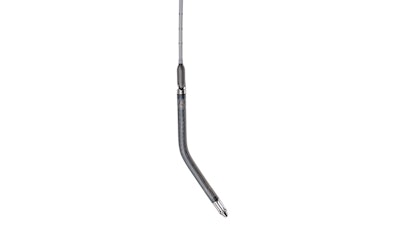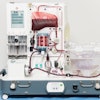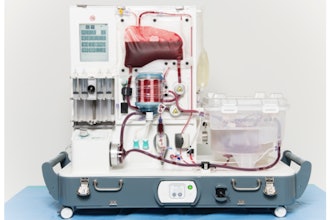
Physicians have a new treatment option for many of the sickest pediatric patients with heart failure and cardiogenic shock. Johnson & Johnson MedTech today announced that the FDA has expanded the indications for the Impella 5.5 with SmartAssist and Impella CP with SmartAssist heart pumps, granting premarket approval (PMA) for use in specific pediatric patients with symptomatic acute decompensated heart failure (ADHF) and cardiogenic shock. A PMA is the highest level of approval granted by the FDA for the safety and efficacy of medical devices.
Impella 5.5 and Impella CP enable heart recovery as part of the world’s smallest heart pump platform. Johnson & Johnson MedTech (Abiomed) has partnered with the Advanced Cardiac Therapies Improving Outcomes Network (ACTION) to provide the real-world data necessary to support on-label use of Impella 5.5 and Impella CP, both left-sided heart pumps, for pediatric patients with symptomatic ADHF and cardiogenic shock. ACTION is a global healthcare network comprised of patients, families, clinicians, researchers and industry representatives that collaborate with ACTION leadership to improve outcomes for patients.
Impella CP and Impella 5.5 heart pumps unload the heart’s left ventricle, allowing the heart to rest while also ensuring delivery of oxygenated blood throughout the body. The PMA amendment expands the usage of left-sided Impella devices to specific pediatric patients weighing ≥52kg for Impella CP and ≥30kg for Impella 5.5.
A team will develop and refine training and education programs designed specifically for pediatric patients alongside these patients’ doctors. In collaboration with ACTION and previously identified hospitals, these tools and resources will be optimized to help improve outcomes and the quality of life for these pediatric patients. This strategic approach will equip the best-in-class heart recovery field team and providers with the skills to best support these patients now and in the future.






















